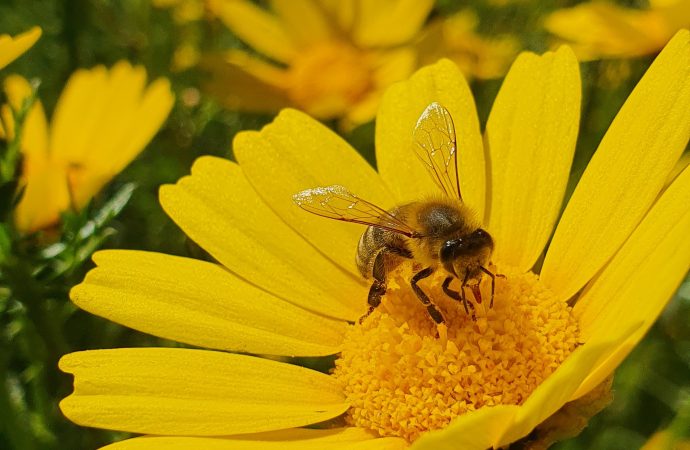Bees play a crucial role in our ecosystem, pollinating plants and contributing to the production of one-third of the food we eat. However, these vital insects are facing threats from pesticides, habitat loss, disease, and climate change. In this article, we will explore why we need to protect our bees and what we can do
Bees play a crucial role in our ecosystem, pollinating plants and contributing to the production of one-third of the food we eat. However, these vital insects are facing threats from pesticides, habitat loss, disease, and climate change. In this article, we will explore why we need to protect our bees and what we can do to help them thrive.
Pesticides are one of the biggest threats to bee populations. The use of neonicotinoids, a type of pesticide, has been linked to declines in bee populations around the world. Neonicotinoids are widely used in agriculture and can be harmful to bees even in small doses. These pesticides can impair a bee’s ability to navigate, forage, and reproduce, and can even lead to death.
Habitat loss is another major threat to bees. Bees need a variety of flowering plants to provide them with nectar and pollen, which they use as food. However, as more land is converted for agriculture and development, there are fewer flowering plants available for bees to feed on. In addition, the use of monoculture farming, where only one crop is grown over a large area, can limit the variety of plants available to bees.
Disease is also a significant threat to bees. Honeybees, in particular, are susceptible to a range of diseases, including American Foulbrood and Nosema. These diseases can weaken and kill bee colonies, leading to declines in bee populations.
Climate change is another major threat to bees. As temperatures rise and weather patterns change, plants and flowers may bloom at different times, which can disrupt the timing of bee life cycles. In addition, climate change can increase the frequency and severity of extreme weather events, such as floods and droughts, which can further impact bee populations.
So, what can we do to protect our bees? One of the most important things we can do is to reduce the use of pesticides. Farmers can adopt integrated pest management techniques, which involve using a variety of methods to control pests rather than relying solely on pesticides. In addition, consumers can choose to buy organic produce, which is grown without the use of synthetic pesticides.
We can also create more habitat for bees by planting a variety of flowering plants in our gardens and public spaces. This can provide bees with a diverse range of food sources throughout the year. In addition, we can support local beekeepers by buying their honey and other bee products, which can help to support the beekeeping industry and promote bee health.
Overall, protecting our bees is essential for the health of our ecosystem and our food supply. By reducing the use of pesticides, creating more habitat for bees, and supporting local beekeepers, we can help to ensure that these vital insects continue to thrive for generations to come.

















Leave a Comment
Your email address will not be published. Required fields are marked with *